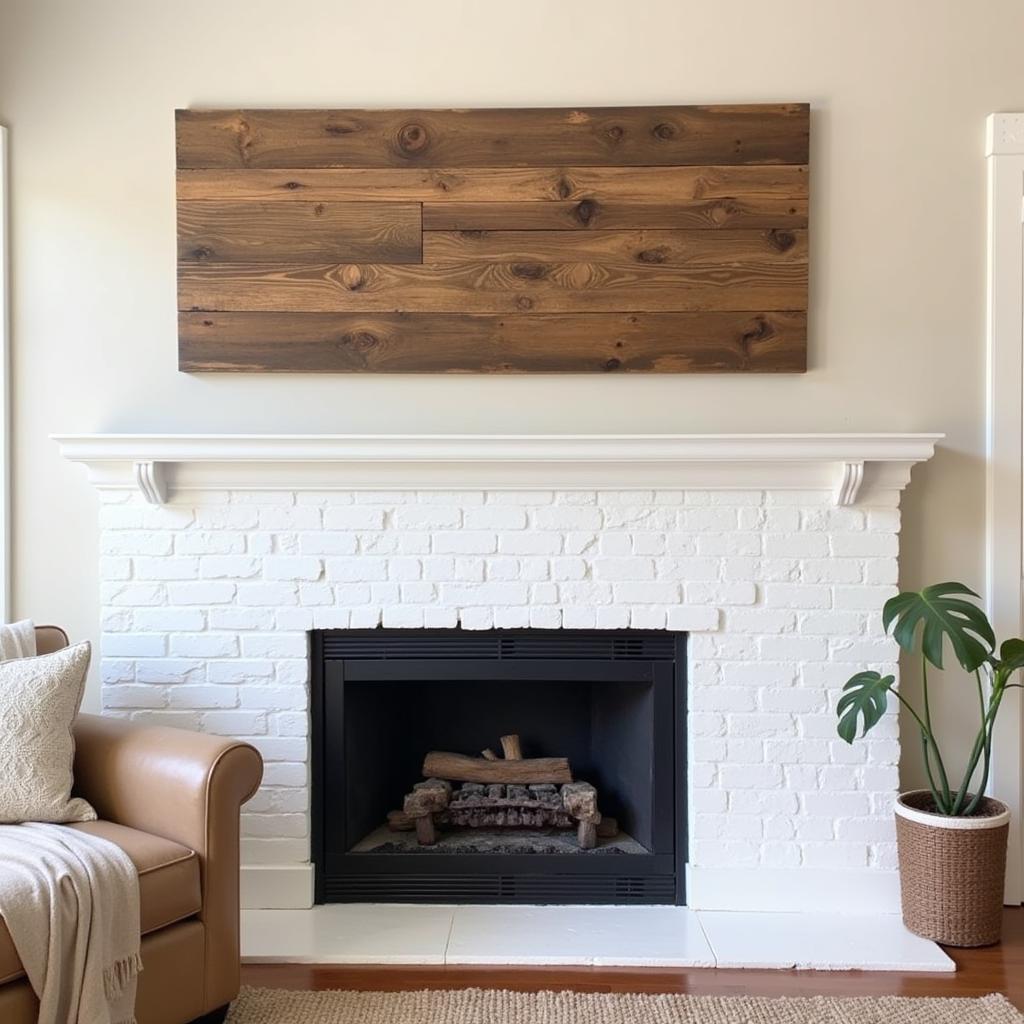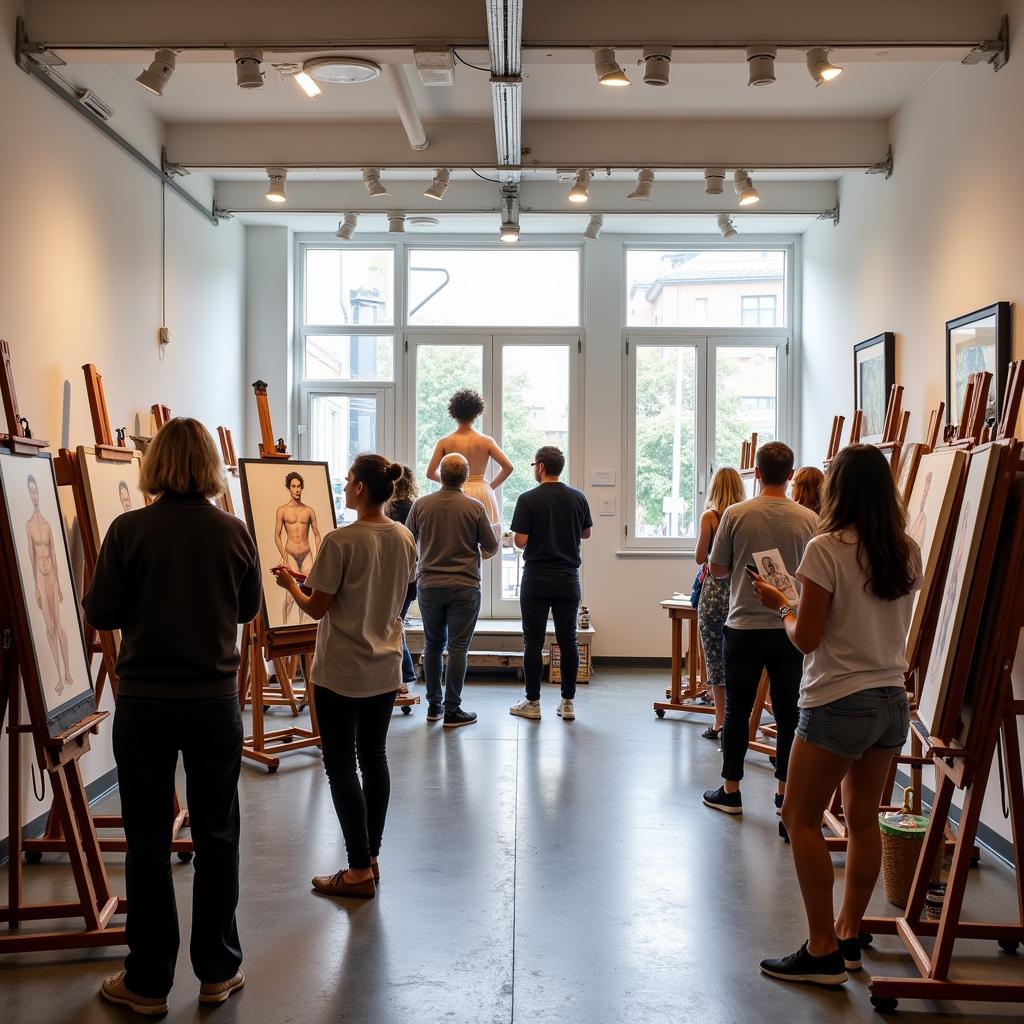Discovering the Allure of Art Glass Pieces
Art Glass Pieces, with their mesmerizing colors and intricate designs, have captivated art enthusiasts for centuries. From stunning stained-glass windows in ancient cathedrals to contemporary sculptures that push the boundaries of creativity, art glass continues to enchant and inspire. In this article, we will delve into the fascinating world of art glass, exploring its history, techniques, and enduring appeal.
A Journey Through Time: The Enduring Legacy of Art Glass
The roots of art glass can be traced back to ancient Mesopotamia and Egypt, where skilled artisans crafted beads, amulets, and vessels from colored glass. The invention of glassblowing in the 1st century BC marked a turning point, allowing for the creation of more complex and delicate forms.
During the Middle Ages, stained glass windows became synonymous with the grandeur of Gothic cathedrals. These awe-inspiring creations, such as those found in Notre Dame and Chartres, transformed sunlight into a symphony of color, illuminating sacred spaces with ethereal beauty.
The Renaissance witnessed a resurgence of interest in classical art forms, including glassmaking. Italian artisans, particularly in Venice, became renowned for their exquisite glasswork. Venetian glassblowers developed innovative techniques, such as millefiori (meaning “thousand flowers”) and cristallo, producing highly prized objects admired for their clarity and elegance.
From Tiffany to Chihuly: Art Glass in the Modern Era
The late 19th and early 20th centuries ushered in a golden age for art glass. Louis Comfort Tiffany, a prominent figure in the Art Nouveau movement, popularized the use of opalescent glass, creating stunning lamps, windows, and decorative objects characterized by their flowing lines and nature-inspired motifs.
Meanwhile, the Art Deco movement embraced geometric forms and bold colors, influencing art glass designs of the era. René Lalique, a master glassmaker, gained international recognition for his exquisite perfume bottles, vases, and jewelry, characterized by their stylized floral motifs and frosted finishes.
In the latter half of the 20th century, artists like Dale Chihuly revolutionized the art glass world with their groundbreaking sculptures. Chihuly’s large-scale installations, often characterized by vibrant colors and organic forms, pushed the boundaries of glass as a medium, transforming it into a powerful tool for artistic expression.
Exploring the Spectrum of Art Glass Techniques
The creation of art glass pieces involves a wide array of techniques, each requiring a high level of skill and precision. Here are some of the most prominent methods:
- Glassblowing: This ancient technique involves shaping molten glass by blowing air into it through a long tube.
- Stained Glass: This method involves assembling small pieces of colored glass using lead came, creating intricate designs often used for windows and panels.
- Fusing: In this technique, layers of glass are heated in a kiln until they melt and fuse together, creating unique patterns and textures.
- Casting: Molten glass is poured into a mold to create solid objects, ranging from sculptures to architectural elements.
- Lampworking: This technique utilizes a torch to melt and shape small rods and tubes of glass, often used for creating beads, figurines, and small-scale sculptures.
These techniques, often combined and adapted, allow artists to push the boundaries of their creativity, resulting in an astonishing diversity of art glass pieces.
More Than Just Decoration: The Enduring Appeal of Art Glass
Art glass pieces, whether antique art glass platter or contemporary mosaic wall art decor, hold a unique allure. They transcend their decorative function, becoming objects of beauty, conversation starters, and even investments. Here’s why art glass continues to captivate:
- Visual Appeal: The interplay of light and color in art glass is captivating. Whether it’s the way sunlight streams through a stained-glass window or the reflection of light on a sculpted glass surface, the visual effect is mesmerizing.
- Craftsmanship and Artistry: Each piece of art glass is a testament to the skill and creativity of the artist. From the initial design concept to the final execution, the process demands precision, patience, and a deep understanding of the material.
- Historical Significance: Antique art glass pieces offer a glimpse into the past, reflecting the artistic styles, techniques, and cultural influences of their time. They serve as tangible connections to bygone eras.
- Investment Value: Certain types of art glass, especially those created by renowned artists or during specific periods, can appreciate in value over time, making them attractive investments for collectors.
Conclusion
Art glass pieces, from the ancient to the avant-garde, continue to inspire and fascinate. Whether you’re drawn to the historical significance of stained glass windows, the intricate beauty of a Tiffany lamp, or the contemporary flair of a Chihuly sculpture, there’s a world of art glass waiting to be explored. By understanding the history, techniques, and enduring appeal of art glass, we can truly appreciate the artistry and craftsmanship embodied in these mesmerizing creations.
Frequently Asked Questions about Art Glass
1. What is the most expensive piece of art glass ever sold?
While prices can fluctuate, a masterpiece by Dale Chihuly holds the current record, selling for a staggering sum in the art market.
2. How can I tell if a piece of art glass is valuable?
Factors like the artist’s signature, the piece’s age, rarity, condition, and provenance all contribute to its value. Consulting with a qualified appraiser is recommended for accurate assessments.
3. What are some popular styles of art glass?
Popular styles include Art Nouveau, Art Deco, Mid-Century Modern, and contemporary art glass, each with its distinctive characteristics. Explore websites like mid century mod art for inspiration.
4. How do I care for my art glass collection?
Dusting with a soft cloth is generally sufficient. Avoid abrasive cleaners or harsh chemicals, and handle with care to prevent breakage.
5. Can I find unique art glass pieces as gifts?
Absolutely! From handprint art for Father’s Day to vibrant pieces inspired by indigenous cultures like arte huichol, there are countless options to delight any recipient.
For further assistance or inquiries regarding art glass, please don’t hesitate to contact us. Our dedicated team is available 24/7 to provide expert advice and guidance.
Phone: 02462573573
Email: [email protected]
Visit us at:
Savico Megamall, 7-9 Đ. Nguyễn Văn Linh, Gia Thụy, Long Biên, Hà Nội 10000, Việt Nam.



